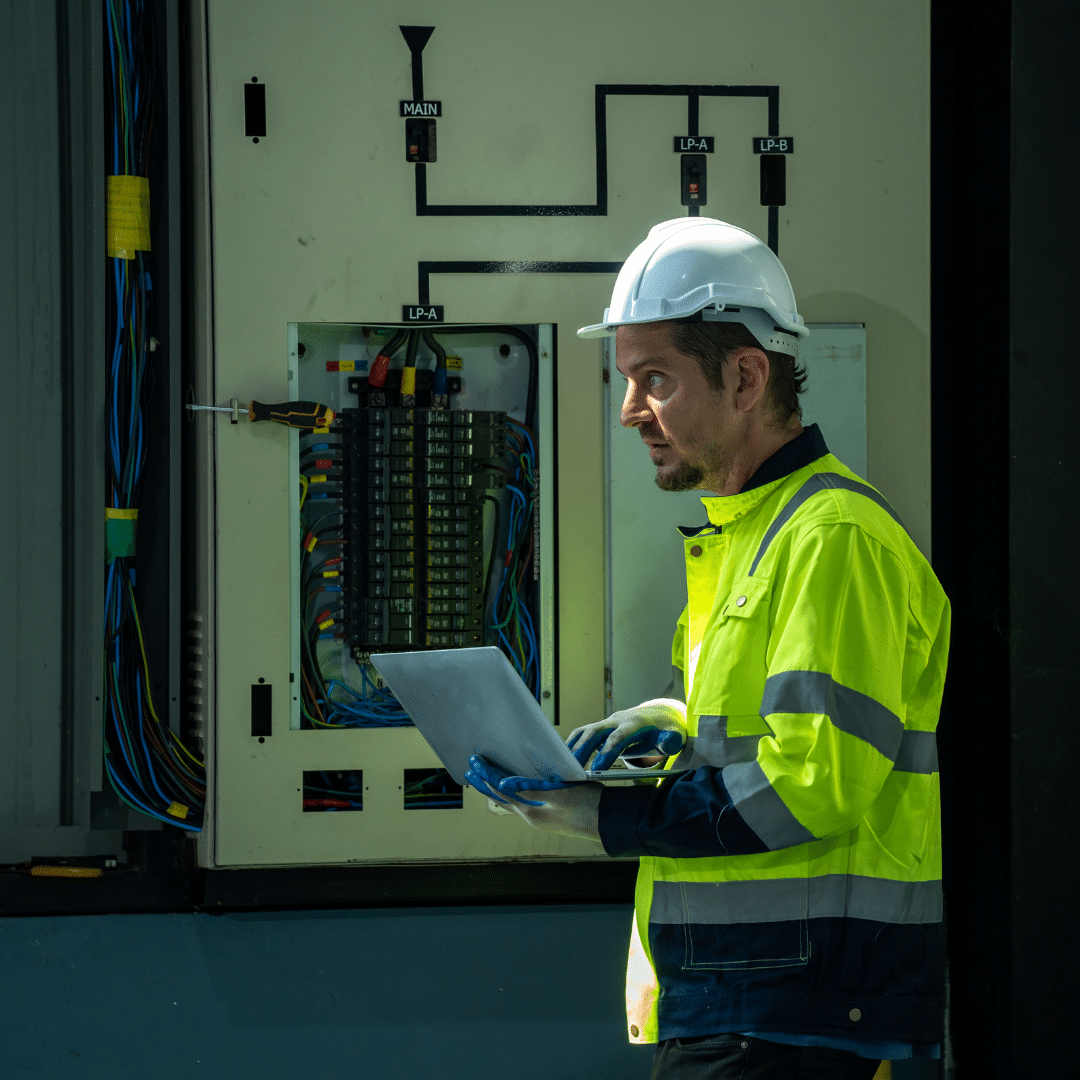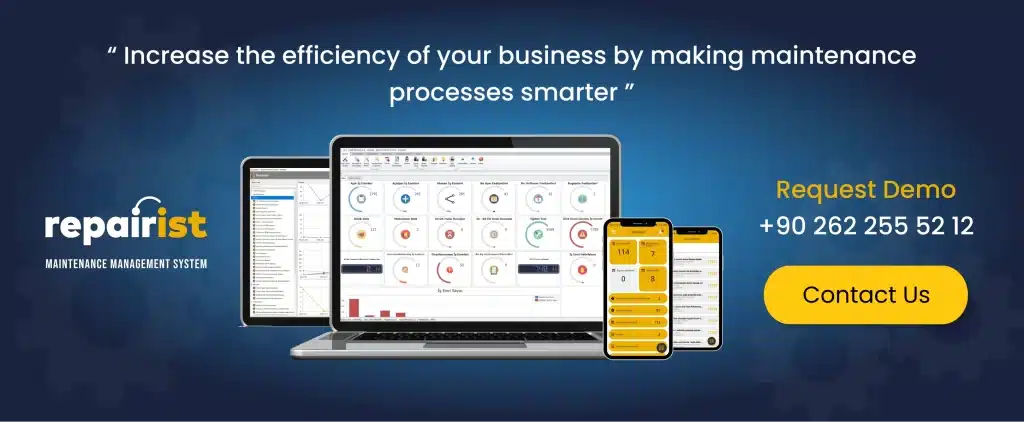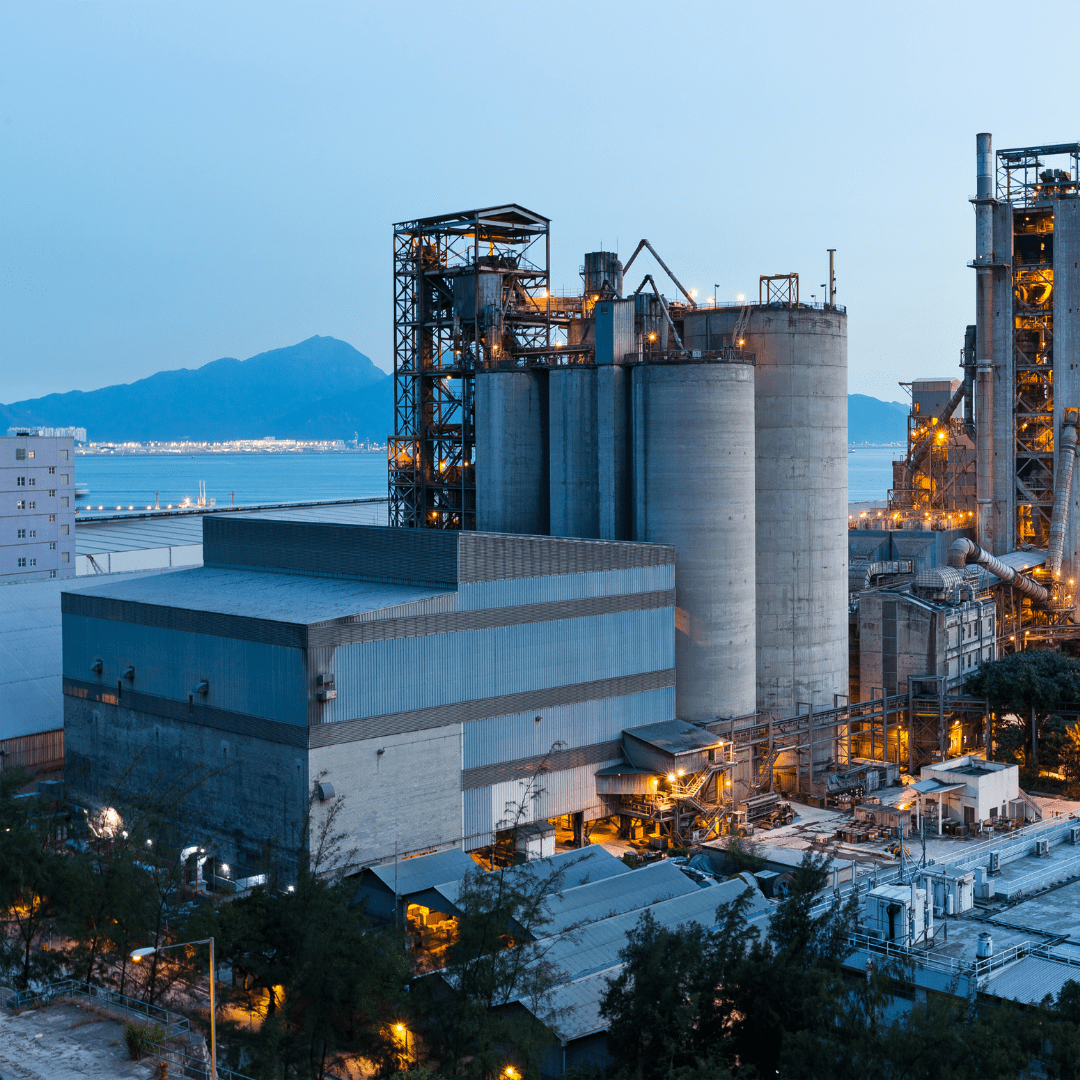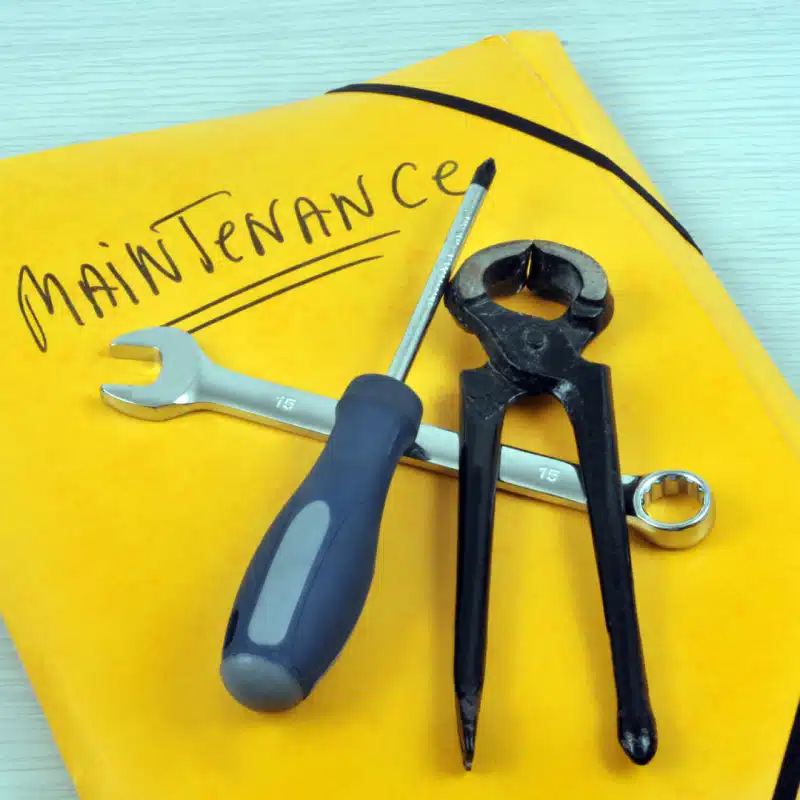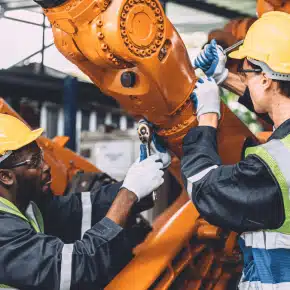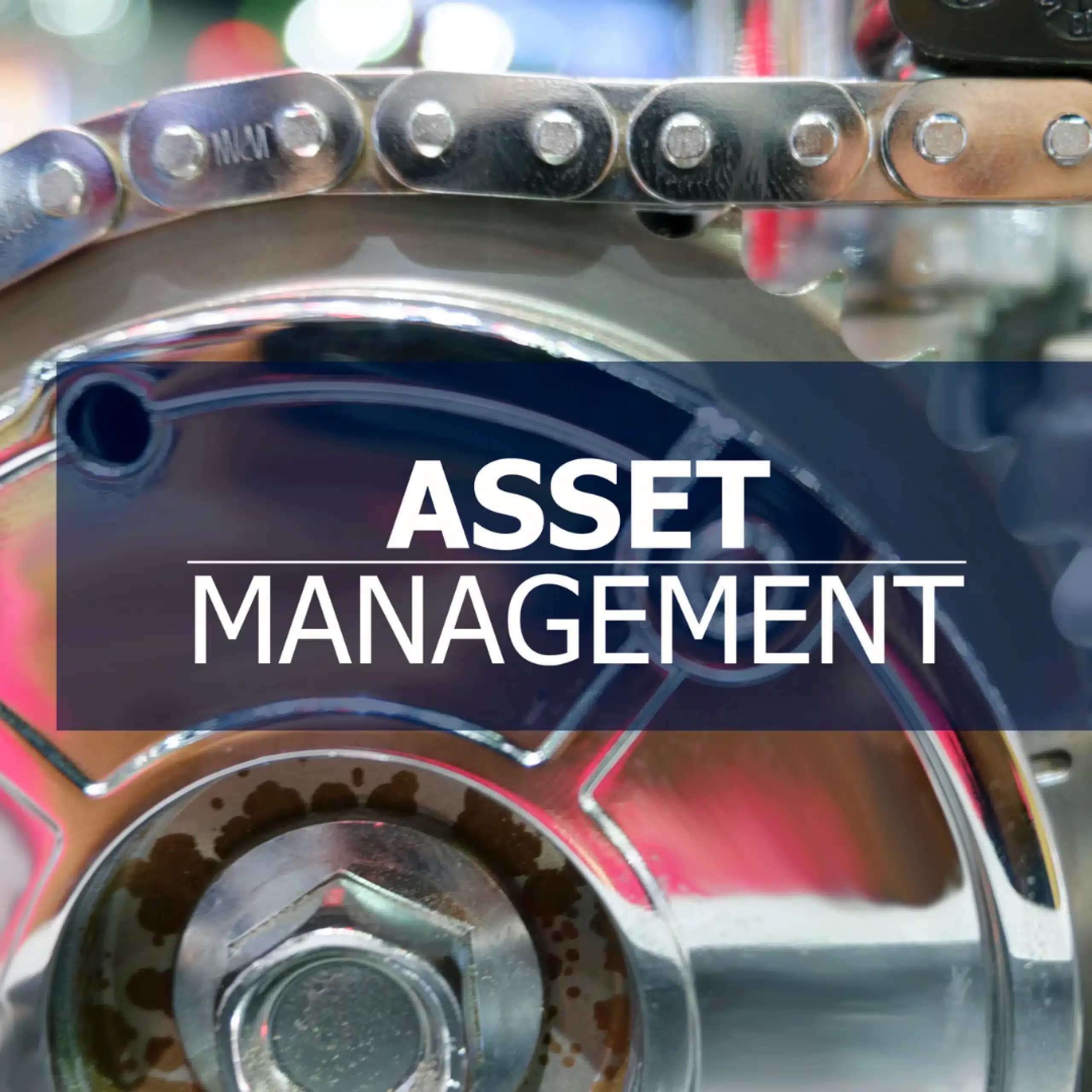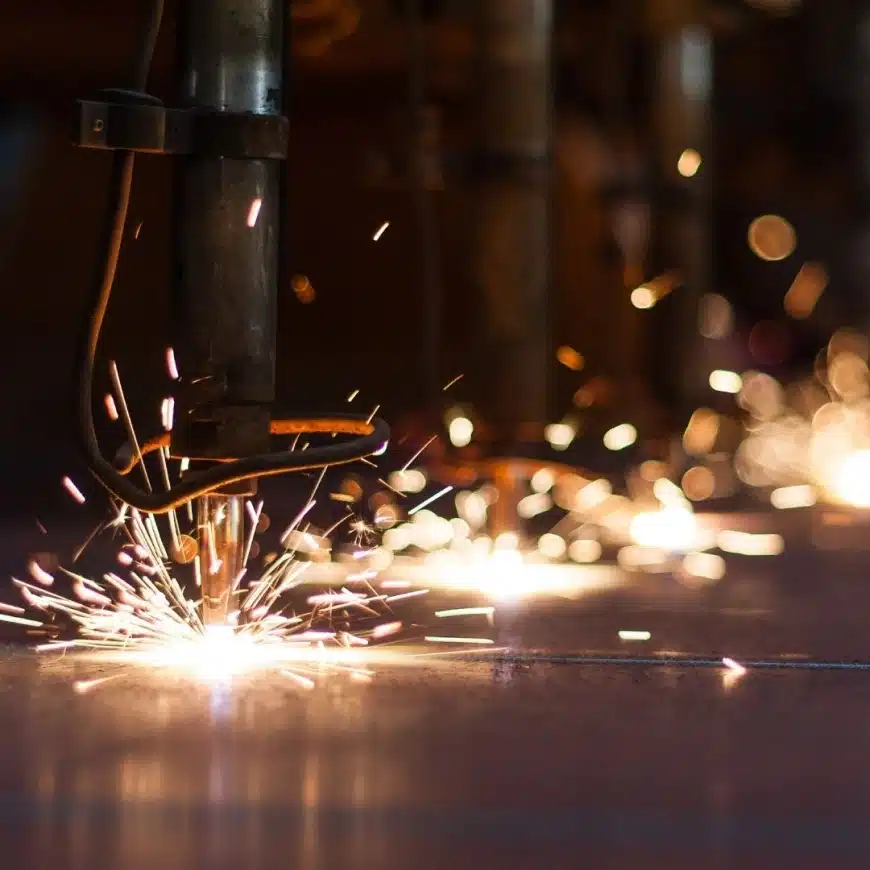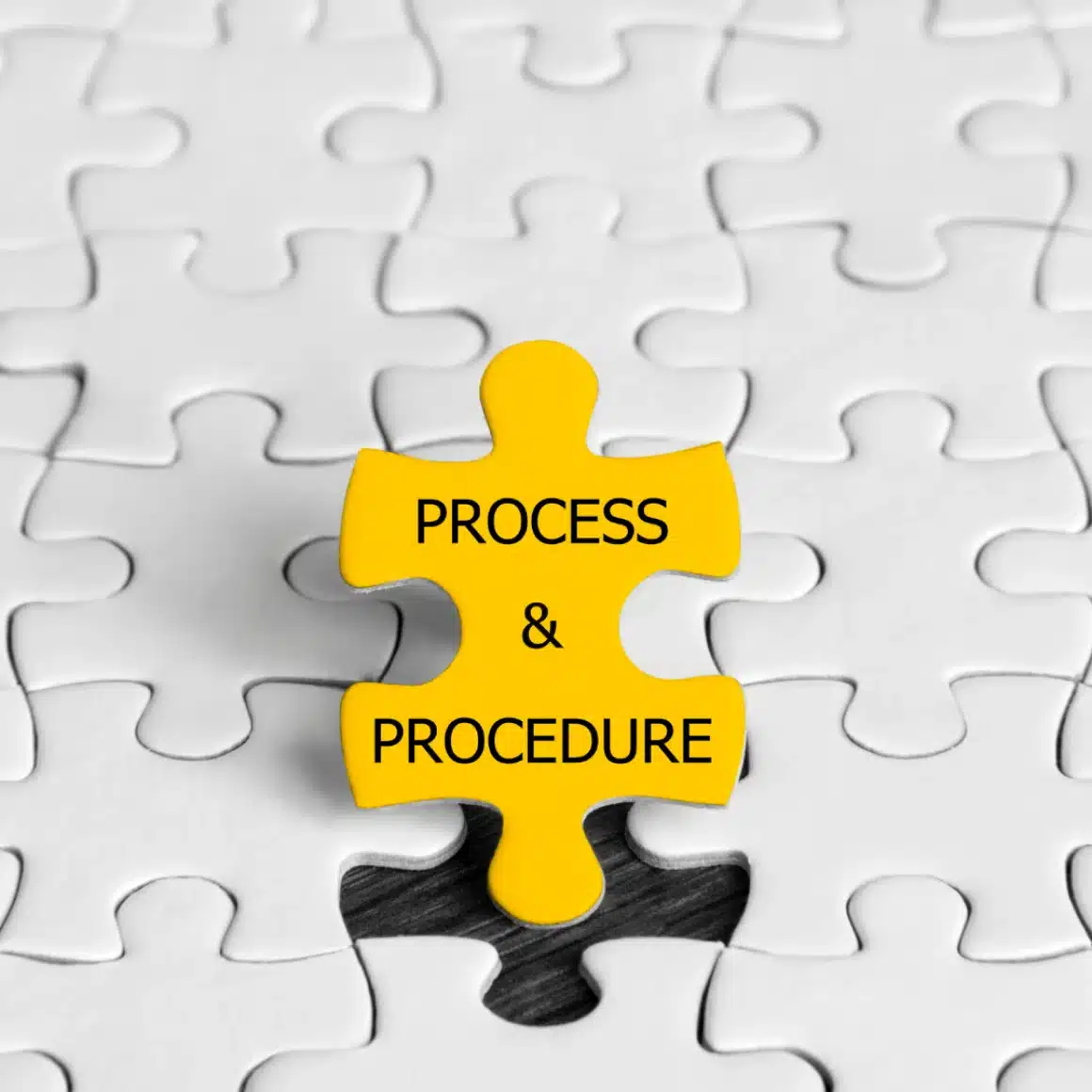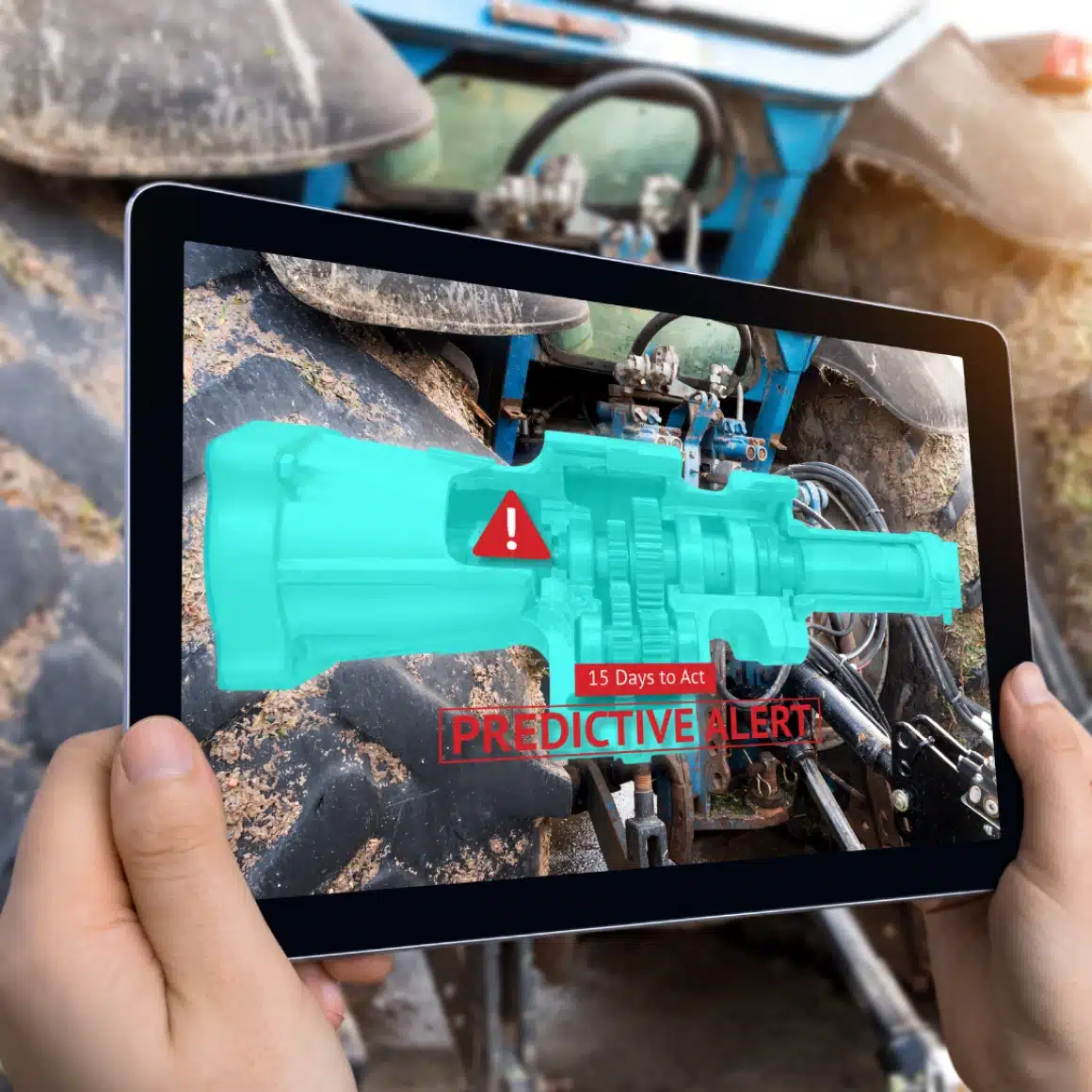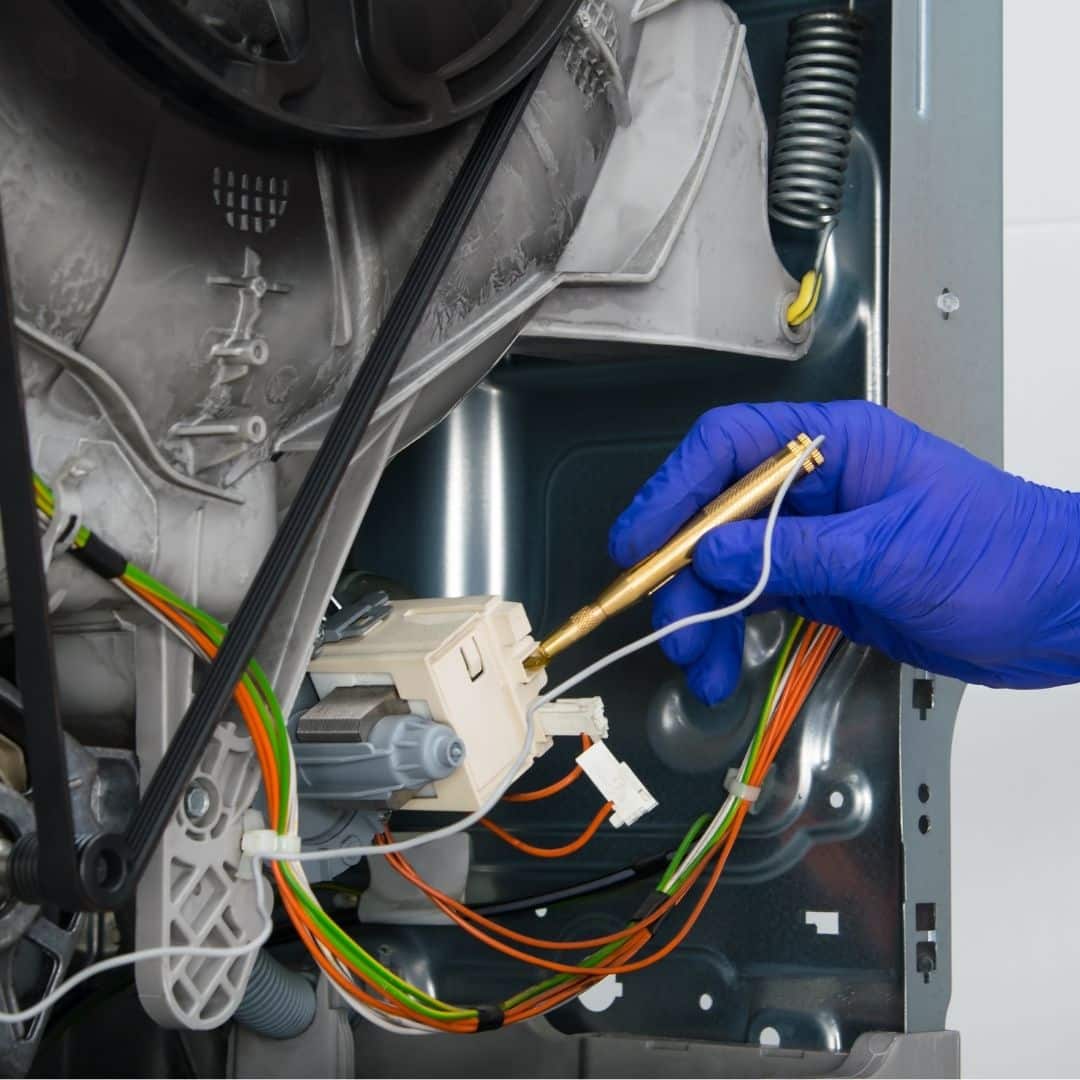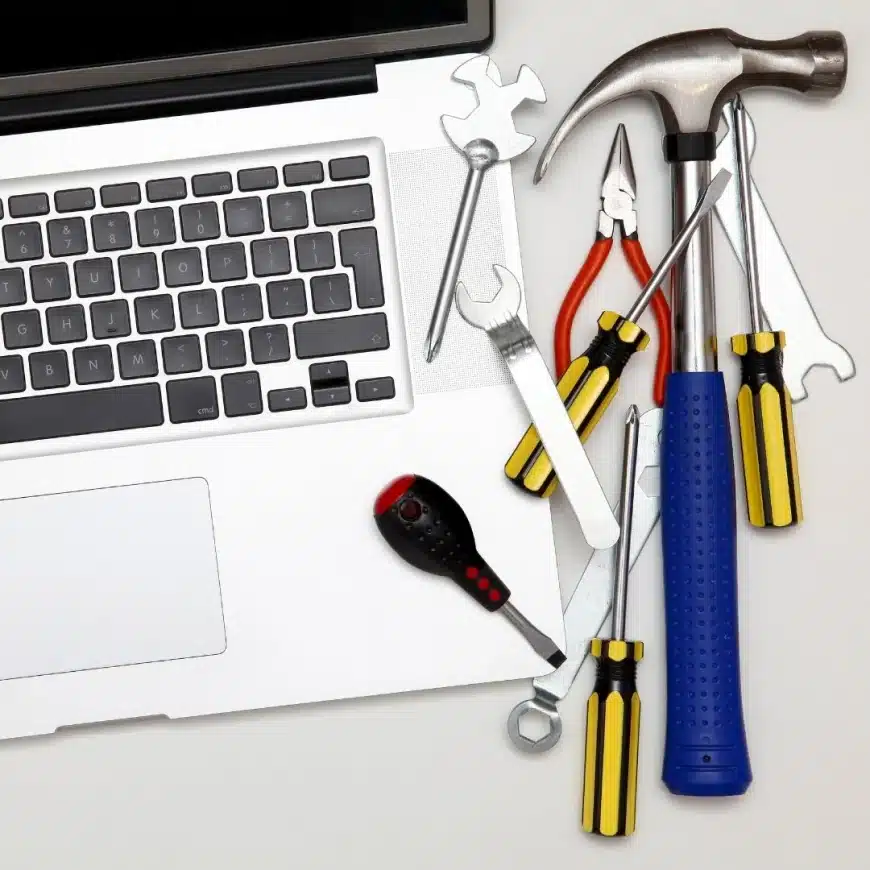Preventive Maintenance (PM) programs play a vital role in ensuring that equipment operates smoothly, production processes run uninterrupted, and the risk of breakdowns is minimized. However, creating an appropriate PM program for each piece of equipment requires careful consideration of various factors. In this article, we will examine how to determine PM needs in detail by taking into account important criteria such as the number of equipment, monthly operating hours, manpower requirements, and internal and external maintenance needs.
1. Number and Variety of Equipment
The number of equipment in an operation and the characteristics of each piece play a critical role in determining maintenance needs. More equipment means a greater need for maintenance. This is not just limited to quantity; the variety of equipment must also be considered.
- Critical Equipment: Critical equipment, which plays a significant role in production processes, requires frequent and detailed maintenance. A more intensive PM program should be applied to these machines.
- Support Equipment: For equipment that works in integration with other machines or is less critical, a more flexible maintenance schedule may suffice.
Classifying equipment allows the operation to use its resources efficiently and optimize maintenance plans.
2. Monthly Operating Hours
The monthly operating hours of each piece of equipment are a key factor in determining maintenance programs. For example, equipment operating at full capacity will require more frequent maintenance compared to equipment that is used less frequently.
- High Operating Hours: If a machine is used 24 hours a day or in shifts, wear and tear accelerates, and maintenance intervals should be shorter.
- Low-Usage Equipment: Equipment that is only used for a few hours per month may require maintenance at longer intervals.
When calculating monthly operating hours, an evaluation should be made based on average operating times and production demands.
3. Manpower Requirements
The workforce needed to complete maintenance tasks, i.e., the required man-hours, is crucial for the sustainability of PM programs. The complexity of the equipment and the difficulty level of maintenance operations directly affect this need.
- Simple Maintenance Tasks: Routine inspections, lubrication, and cleaning generally require fewer man-hours.
- Complex Repairs: Major repairs involving mechanical or electronic components of the equipment require more manpower and longer durations. For such cases, the competencies and number of personnel in the team should be taken into consideration.
4.Internal and External Maintenance Needs
In the PM process, maintenance tasks are divided into internal maintenance (in-house) and external maintenance (outsourced). Companies typically use internal maintenance teams for routine maintenance and simple repairs. For larger and more specialized maintenance tasks, it is possible to rely on external service providers.
Internal Maintenance
Advantages: Internal maintenance is generally more cost-effective and faster. Additionally, internal personnel are more familiar with the equipment and production processes, allowing for quicker action.
Disadvantages: For some complex maintenance processes, the expertise of the internal team may be insufficient, or there may be a lack of necessary equipment.
External Maintenance
- Advantages: External maintenance services offer more professional solutions for tasks requiring specialized knowledge. For example, working with the specialized services recommended by machine manufacturers can extend the lifespan of the equipment.
- Disadvantages: External maintenance can be more expensive, and there may be less flexibility in scheduling.
Balancing internal and external maintenance needs is crucial. It is of critical importance for cost management and operational continuity.
5. Equipment Age and Technological Condition
The age and technological condition of equipment is another factor that directly affects PM programs. Newer and technologically advanced equipment requires less frequent maintenance. Older equipment, on the other hand, requires regular and more comprehensive maintenance.
- Older Equipment: Tends to break down more frequently. The necessity of finding spare parts can also affect maintenance durations.
- New Technology: Newer equipment equipped with advanced sensor systems and automation technologies may have the capacity to self-monitor and provide early warnings for maintenance needs.
6. Legal Requirements and Standards
In many industries, there are legal requirements regarding the maintenance of equipment. These requirements mandate that maintenance be performed at specific intervals. Especially in industries like food, healthcare, and energy, equipment must be regularly inspected, and maintenance plans must comply with the relevant legal standards.
- Occupational Safety Regulations: Legal regulations regarding occupational health and safety require specific maintenance needs to ensure the safe operation of equipment.
- Industry Standards: Quality management systems like ISO 9001 set specific standards for equipment maintenance, and adherence to these standards enhances the competitiveness of the business.
7. Seasonal and Environmental Factors
The environmental conditions in which equipment operates are another important factor that affects maintenance needs. Changes in temperature, dust, and humidity can cause equipment to require more frequent maintenance.
- Extreme Temperatures: In summer, extreme heat can cause equipment to overheat. In such cases, regular checks of cooling systems are essential.
- Humid Environments: Humidity leads to rusting of metal components and malfunctioning of electronic parts. Therefore, equipment operating in humid environments requires frequent maintenance.
8.CMMS Usage and Data-Driven Approaches
Computerized Maintenance Management Systems (CMMS) are digital solutions used to manage PM processes more efficiently. Through these systems, various factors such as equipment performance, maintenance history, spare parts status, and manpower requirements can be monitored and optimized in real time.
Determining the PM needs of equipment is a detailed process that requires consideration of numerous factors. A PM program optimized based on variables such as the number of equipment, operating hours, manpower requirements, internal and external maintenance needs, equipment age, and environmental conditions will increase operational efficiency, reduce failure costs, and ensure business continuity. Technological advancements and data-driven approaches further contribute to the more effective management of these processes.
Next Steps
Have you received sufficient information about “Detecting PM (Periodic Maintenance) Needs of Equipment“?
repairist is here to help you. We answer your questions about the Maintenance Management System and provide information about the main features and benefits of the software. We help you accessthe repairist demo and even get a free trial.
Aybit Technology Inc.
Frequently Asked Questions (FAQ)
As the number of equipment increases, so do the maintenance needs. Each piece of equipment has different maintenance requirements. It is important to create a specific PM plan for each one. Additionally, more intensive maintenance programs should be implemented for critical equipment.
Man-hour refers to the amount of labor required to complete a task. In the PM process, determining how much labor and time maintenance tasks require is essential for the sustainability of maintenance programs and to prevent disruptions in the workflow.
Internal Maintenance: Maintenance operations performed by the internal maintenance team within the company. Routine inspections and simple repairs are usually carried out by the internal team.
External Maintenance: Performed by external service providers for more complex or specialized maintenance tasks. It is usually more expensive but offers more professional solutions.

